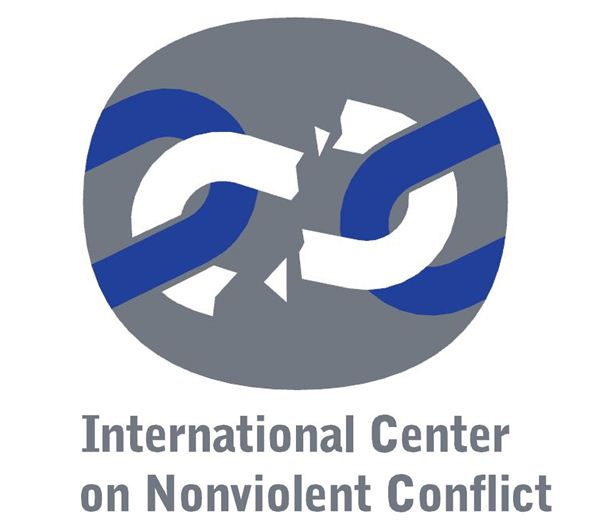This section covers opposition and resistance to a variety of very different wars and military action: the 1968 Soviet-led invasion of Czechoslovakia; the 1971 Pakistani military repression of East Bengal’s movement for independence and subsequent war between India and Pakistan which created Bangladesh. It also covers opposition to the US Administration’s active support for the Contra war against the left-wing government of Nicaragua in the 1980s and to the wars in former Yugoslavia that led to its disintegration in the early 1990s. The East Timorese resistance to Indonesia occupation in the 1990s is referenced in Vol. 1 (E.II.2.c.), but a transnational solidarity protest against the occupation is cited below. All these examples of resistance, protest or solidarity are listed together here because the available references are limited.
E.3. Opposing Other Wars and Occupations
Account of four transnational teams going to Warsaw Pact capitals to protest against the 1968 Warsaw Pact invasion.
Examines post-1945 history of Yugoslavia and causes of its breakdown. Notes emerging feminist peace and ecological movement in the 1980s and the role of women in ongoing opposition to the war, including Serbian women demonstrating against the war with Croatia and demanding return of their husbands and sons.
On the demonstration in Red Square, Moscow, against the Soviet invasion of Czechoslovakia in August 1968, and subsequent trial and sentences.
Account by four women who ‘disarmed’ a Hawk fighter-bomber bound for Indonesia at the time of the war against East Timorese resisters. In July 1997 Liverpool Crown Court acquitted the four, accepting that under international law their action aimed to prevent a crime.
Critical account by Australian participant of Portuguese initiated act of solidarity with East Timorese victims of Indonesian occupation and repression: to sail a boat from Darwin to Dili in 1992 and lay a wreath in Santa Cruz cemetery in memory of 50 killed there attending a funeral in November 1991.
Reviews development of Yugoslav feminism from 1978 and notes strains created by vigils against the war in Croatia and later in Bosnia. See also: Women in Black, Compilation of Information on Crimes of War against Women in ex-Yugoslavia – and Actions and Initiatives in their Defence, Belgrade, Women in Black, 1993
Account of how a nonviolent fleet of canoes and kayaks blocked Pakistani shipping at East Coast ports of the USA to oppose US support for Pakistan’s repression in East Bengal. Part 2 is a manual for direct action.
After Pakistani repression of the 1971 East Bengali independence movement and outbreak of the India-Pakistan war, a transnational team tried with some success to take relief supplies into East Bengal. Their aim was to provide practical aid to refugees and protest against Pakistani army repression. At the same time US activists blocked arms supplies to Pakistan (see also Richard K. Taylor, Blockade: A Guide to Nonviolent Intervention (E.3. Opposing Other Wars and Occupations) ).
History of the 8 year anti-Contra campaign, its links in Nicaragua and its impact on deterring the US President from sending troops to oust the left-wing Sandanista government. See also on border monitoring: Ed Griffin-Nolan, Witness for Peace: A Story of Resistance (A. 5. Nonviolent Intervention and Accompaniment) and shorter version in Thomas Weber, Yeshua Moser-Puangsuwan, Nonviolent Intervention Across Borders: A Recurrent Vision (A. 5. Nonviolent Intervention and Accompaniment) , pp. 279-304.
Attempt in 1993 to set up a transnational peace caravan in Sarajevo during the war in Bosnia.
The book tells the story of how ten women disarmed a Hawk jet at the British Aerospace Warton site near Preston, in England in 1996, which was bound for genocide in East Timor and were acquitted.
The authors examine how far peace movements can stop wars, summarizing a number of attempts to do so in the past – for example in the 1905 conflict between Norway and Sweden – as well as more recent better known movements: against the Vietnam War, and against the Iraq wars of both 1991 and 2003. Their case studies include the movement to resist US support for the Contras in Nicaragua in the 1980s, and the Women in White in Liberia 2002-2003.

 The online version of Vol. 1 of the bibliography was made possible due to the generous support of the
The online version of Vol. 1 of the bibliography was made possible due to the generous support of the  The online version of Vol. 2 of the bibliography was made possible due to the generous support of
The online version of Vol. 2 of the bibliography was made possible due to the generous support of